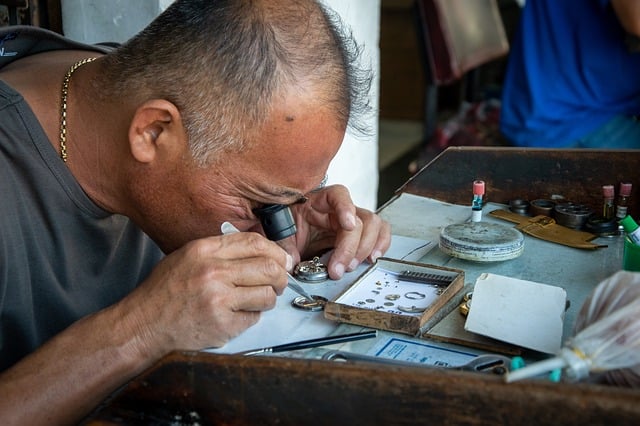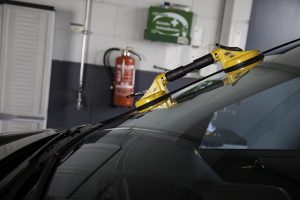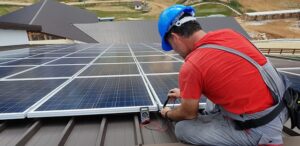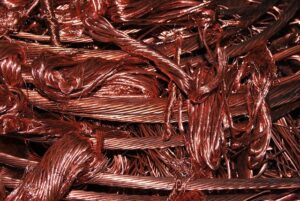Maximizing Energy Savings with HVAC Repair: The Importance of Ductwork Inspection and Sealing
Maintaining and optimizing residential and commercial building ductwork systems are pivotal for energy efficiency within HVAC infrastructures. Regular inspections and professional sealing of duct leaks can significantly reduce energy consumption, lower utility expenses, and …….

Maintaining and optimizing residential and commercial building ductwork systems are pivotal for energy efficiency within HVAC infrastructures. Regular inspections and professional sealing of duct leaks can significantly reduce energy consumption, lower utility expenses, and minimize environmental impact by preventing conditioned air loss. HVAC repair services highlight the importance of this routine maintenance to ensure proper airflow, enhance occupant comfort, and extend the lifespan of HVAC equipment. By addressing ductwork issues, buildings can achieve better energy conservation, leading to cost savings and promoting sustainable practices. Insulating ducts in areas with extreme temperatures further supports the efficiency of the HVAC system. This comprehensive approach not only improves home comfort but also contributes to a smaller carbon footprint and long-term energy cost savings, underscoring its importance in effective HVAC repair and maintenance strategies.
Effective energy conservation within households is increasingly becoming a priority, with HVAC repair playing a pivotal role in this endeavor. A significant aspect of efficient heating and cooling systems lies in the integrity of ductwork. This article delves into the importance of inspects and seals in ductwork to enhance energy efficiency, detailing common issues, repair methods, and maintenance practices. From understanding ductwork’s influence on energy consumption to employing a step-by-step approach for homeowners to assess their systems, this comprehensive guide is tailored for those looking to optimize HVAC performance and reduce utility costs. By exploring the best sealing techniques, types of materials used, and long-term benefits of proper ductwork maintenance, readers will gain valuable insights into how to effectively conserve energy within their homes.
- Understanding Ductwork and Its Impact on Energy Efficiency
- The Role of Inspects and Seals in HVAC Repair for Energy Conservation
Understanding Ductwork and Its Impact on Energy Efficiency

Effective energy conservation within residential and commercial buildings hinges on the integrity of the ductwork system, a critical component of the HVAC (Heating, Ventilation, and Air Conditioning) infrastructure. Ductwork, responsible for distributing conditioned air throughout a structure, plays a pivotal role in the performance of the HVAC system. Its efficiency is paramount; leaky or poorly designed ducts can lead to significant energy losses, causing systems to work harder and consume more energy than necessary. This not only impacts the environment but also increases utility costs for homeowners and businesses. Regular inspections and sealing of ductwork by HVAC repair professionals are essential to ensure optimal airflow and minimize energy waste. By addressing duct leakage, homeowners can expect improved comfort levels and a reduction in energy consumption, contributing to both cost savings and environmental sustainability. Additionally, proper maintenance and sealing of ducts can extend the lifespan of HVAC equipment by preventing strain associated with compensating for poor airflow. It’s through meticulous attention to this often overlooked aspect that one can achieve a more energy-efficient living or working space.
The Role of Inspects and Seals in HVAC Repair for Energy Conservation

Proper inspection and sealing of ductwork are pivotal components in optimizing HVAC repair for energy conservation. These processes ensure that heated or cooled air does not escape into unconditioned spaces, such as attics or crawlspaces. Inspecting ducts for leaks is a critical step; leaky ducts can result in significant energy loss, leading to increased utility bills and reduced system efficiency. Sealing these leaks with mastic sealants or metal tape not only mitigates energy waste but also enhances the overall performance of the HVAC system. This is particularly important during extreme weather conditions when the demand for heating or cooling is at its peak. By addressing ductwork integrity, homeowners can achieve a more comfortable living environment while conserving energy and reducing their carbon footprint.
In the context of HVAC repair, the role of insulation and sealing cannot be overstated. Insulating ducts that run through spaces with varying temperatures, such as basements or attics, helps maintain the temperature of the air being delivered throughout the home. This measure complements the sealing process by preventing conditioned air from leaking out and unconditioned air from infiltrating the system. The combined effect of well-sealed and insulated ductwork significantly contributes to the energy efficiency of an HVAC system, ensuring that the repair efforts lead to lasting savings on energy costs. It is a cost-effective measure that pays dividends over time by lowering the amount of energy required to maintain desired temperatures in the home or business space.
Effective HVAC repair and maintenance, particularly through thorough inspections and precise sealing of ductwork, play a pivotal role in enhancing energy conservation. By addressing leaks and gaps within the duct network, homeowners can significantly reduce their energy consumption, leading to lower utility bills and a more sustainable living environment. Implementing these measures underscores the importance of proper HVAC system upkeep for both economic and environmental benefits. Homeowners are encouraged to prioritize ductwork inspections and sealing as part of their regular home maintenance routine to optimize energy efficiency throughout the year.







